Held on May 14 in the meeting room of the Mizuinari-jinja and attended by 26 members and non-members. Four of our members brought their haidate and so we had 29 pieces on display that day and so the attendees hat the opportunity to study hands-on various haidate interpretations, e.g. ita-haidate (板佩楯), karutagane-haidate (骨牌金佩楯), shino-haidate (篠佩楯), kawara-haidate (瓦佩楯), hôdô-haidate (宝幢佩楯), umayoroizane-haidate (馬鎧札佩楯), kusari-haidate (鎖佩楯), and iyo-haidate (伊予佩楯), dating from the Momoyama to the Edo period.
Executive director of your association, Mr. Kanno Shigeo (菅野茂雄), had brought eight items to the meeting and explained via two of them all the major elements of haidate, also pointing out the importance of the tsurio (吊緒) cord, i.e. being indispensable for wearing haidate, and that the omeri (於女里), which is installed at the lower edge of the ichimonjigawa (一文字革), is necessary to protect the ieji. Apart from that, Mr. Kanno explained on the basis of his long-term participation of the Sôma-Nomaoi, the Samurai Horsemen Festival, the way to hold the whip and how to insert the whip into the haidate. Furthermore, Mr. Kanno annotated that surprisingly few know about how haidate are supposed to be worn properly and pointed out several ways of how to put on haidate wrongly, accompanied by a demonstration of how haidate are today put on in Sôma where the above mentioned festival takes place.
Apart from that, Mr. Kanno explained the basic differences between Momoyama and Edo period haidate.
Mr. Kanno was followed by our vice president, Mr. Matsumoto Kunihiko, who explained in an easy to understand way all the different haidate interpretations, also stressing that the haidate are an important protective element as the thighs contain major blood vessels. Also Mr. Matsumoto pointed out that unlike kabuto or dô, haidate were exposed to more permanent stress and were therefore considered as consumable items and that this is the reason why so few old haidate are extant.
More info about how to become a member of the Japanese Armor Society can be found on the official website: www.japanese-armor.org
(Members of the society got already 65 close up pictures of this meeting in their mailbox)
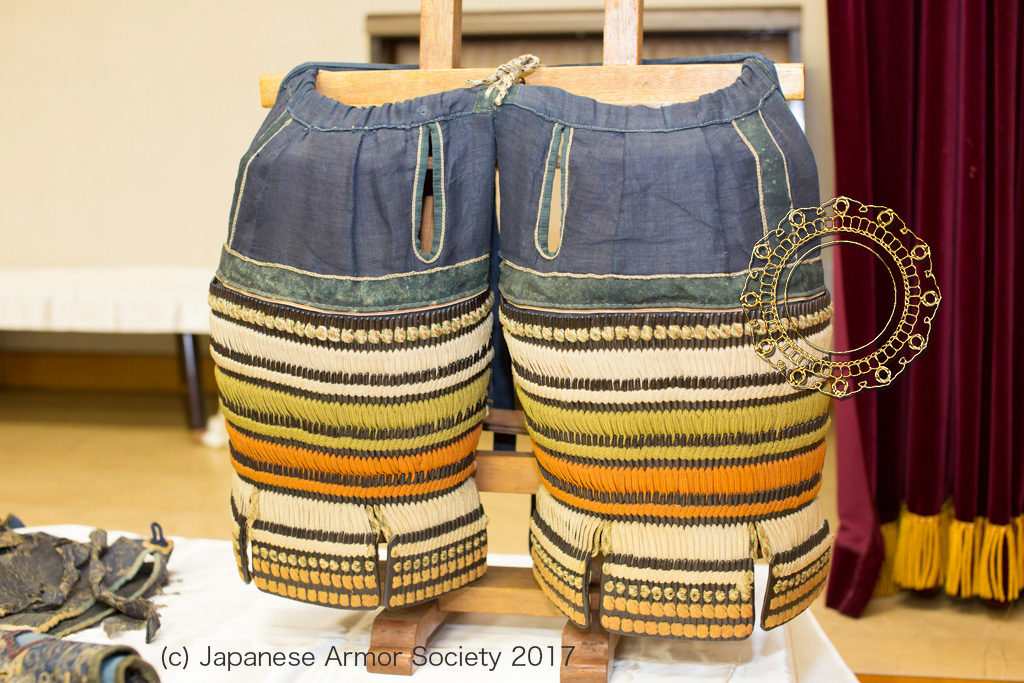
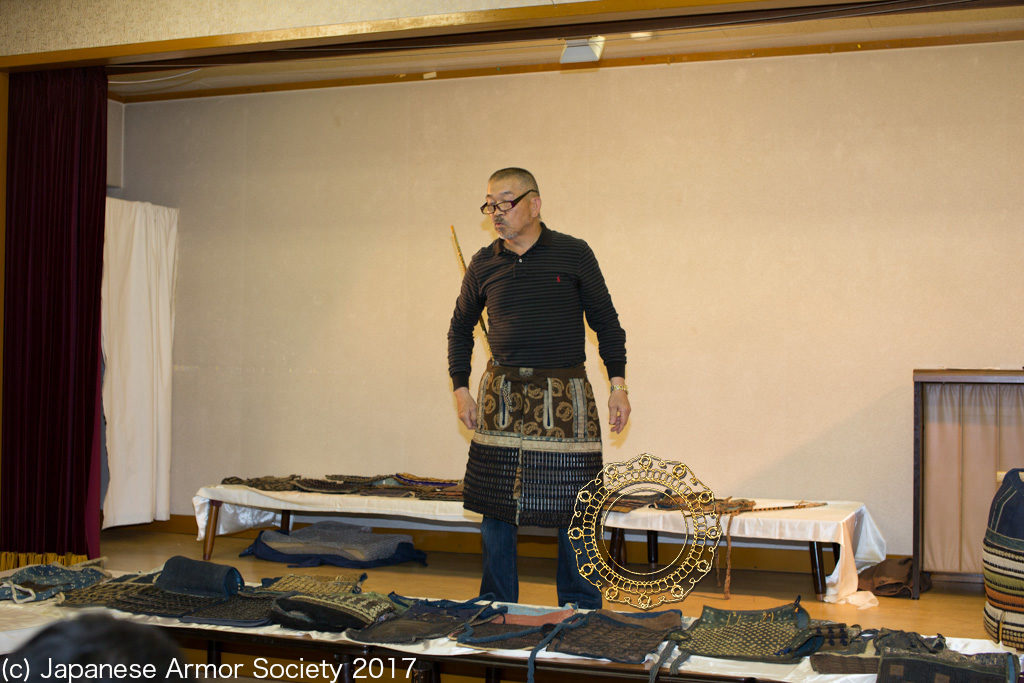
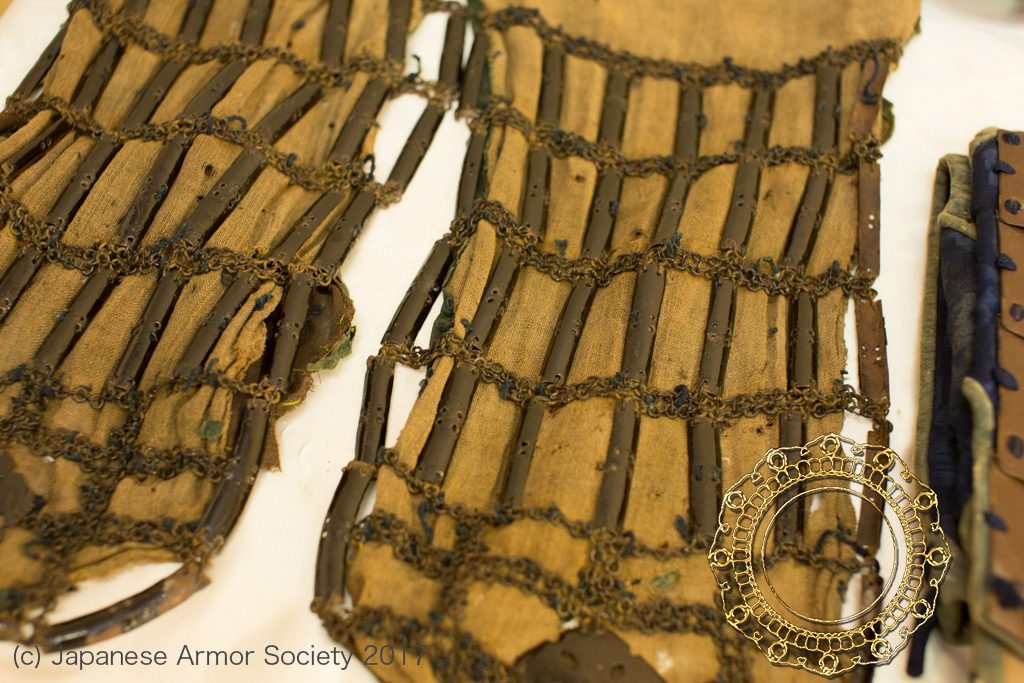
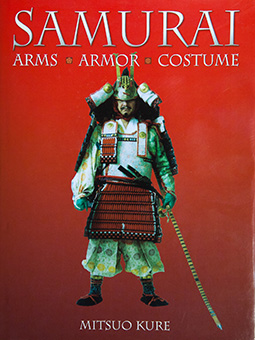 Title: Samurai - Arms - Armor - Costume
Title: Samurai - Arms - Armor - Costume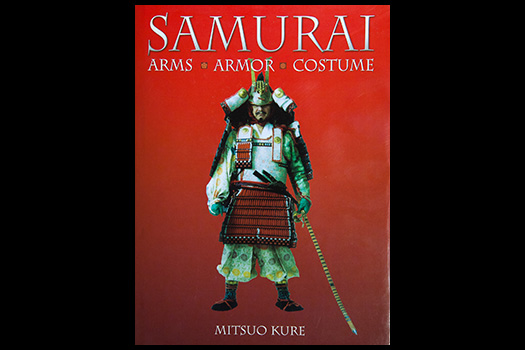
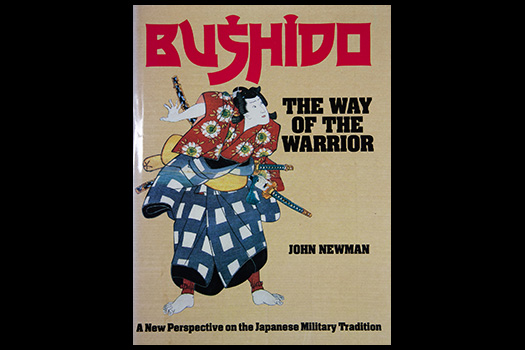
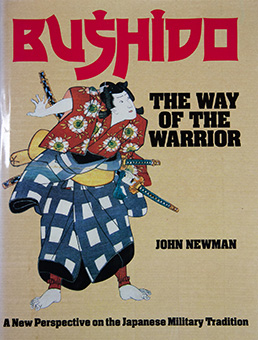 Title: Bushido The Way of the Warrior
Title: Bushido The Way of the Warrior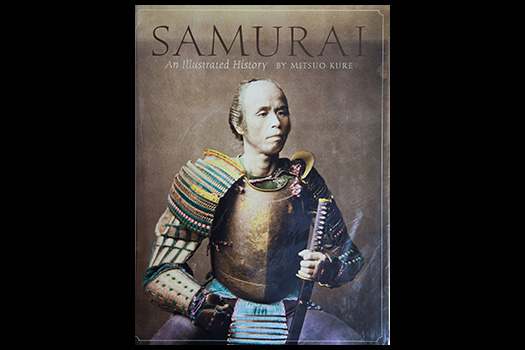
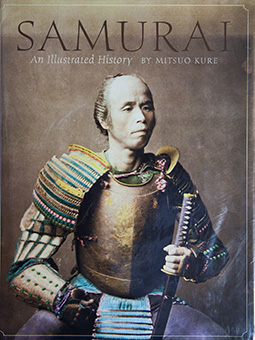 Title: Samurai An Illustrated History
Title: Samurai An Illustrated History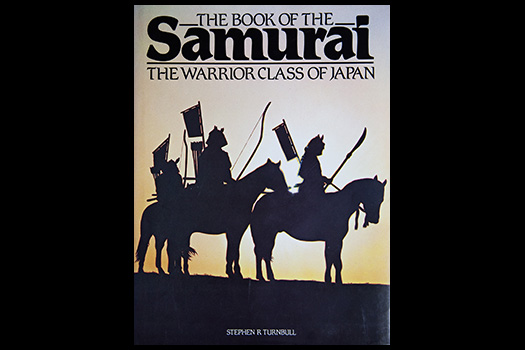
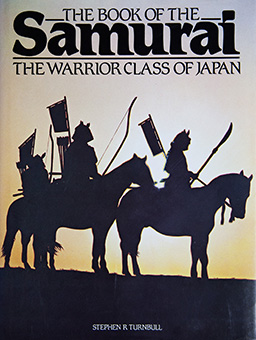 Title: The Book of the Samurai - The Warrior Class of Japan
Title: The Book of the Samurai - The Warrior Class of Japan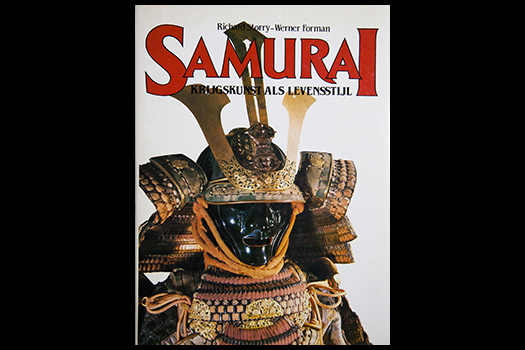
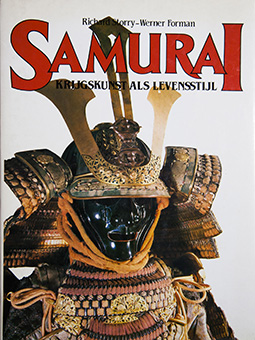 Title: Samurai : krijgskunst als levensstijl
Title: Samurai : krijgskunst als levensstijl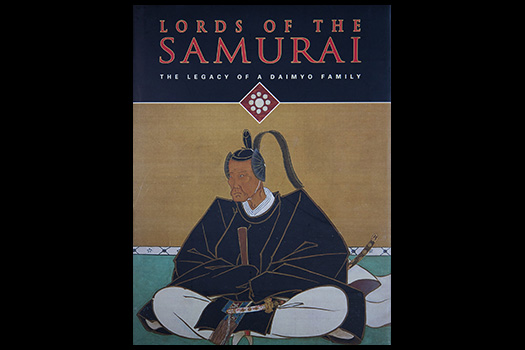
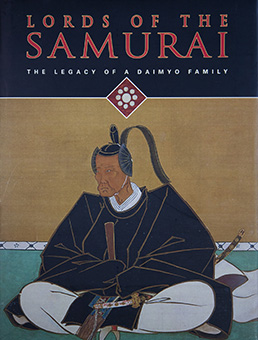 Title: Lords of the samurai : the legacy of a daimyo family
Title: Lords of the samurai : the legacy of a daimyo family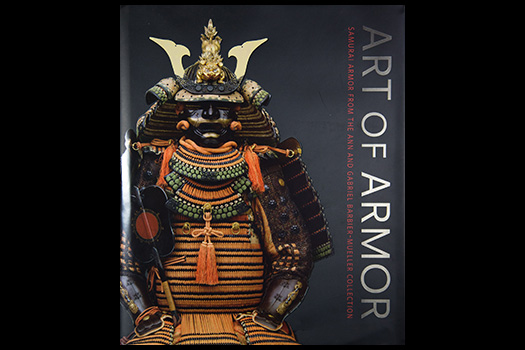
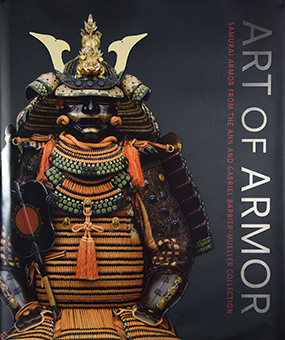 Title: Art of the Armor - Samurai Armor from the Ann and Gabriel Barbier-Mueller Collection
Title: Art of the Armor - Samurai Armor from the Ann and Gabriel Barbier-Mueller Collection




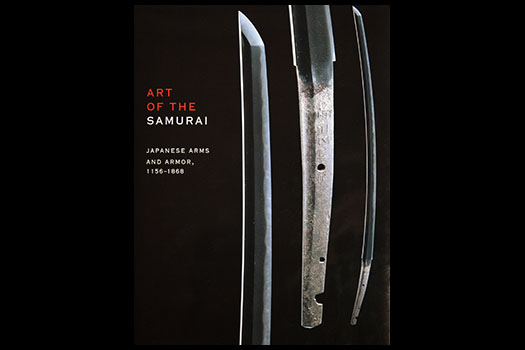
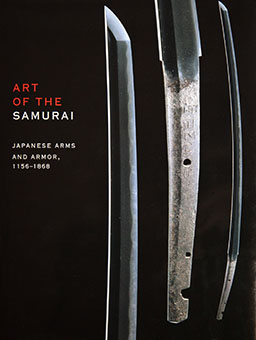 Title: Art of the Samurai - Japanese Arms and Armor, 1156-1868
Title: Art of the Samurai - Japanese Arms and Armor, 1156-1868